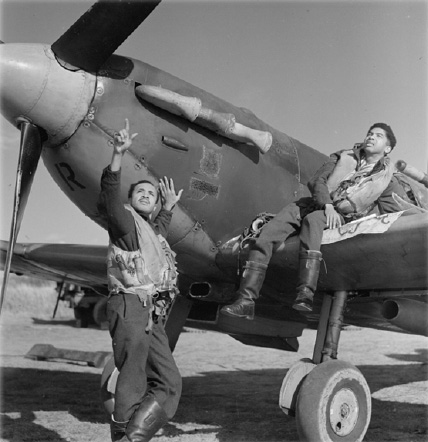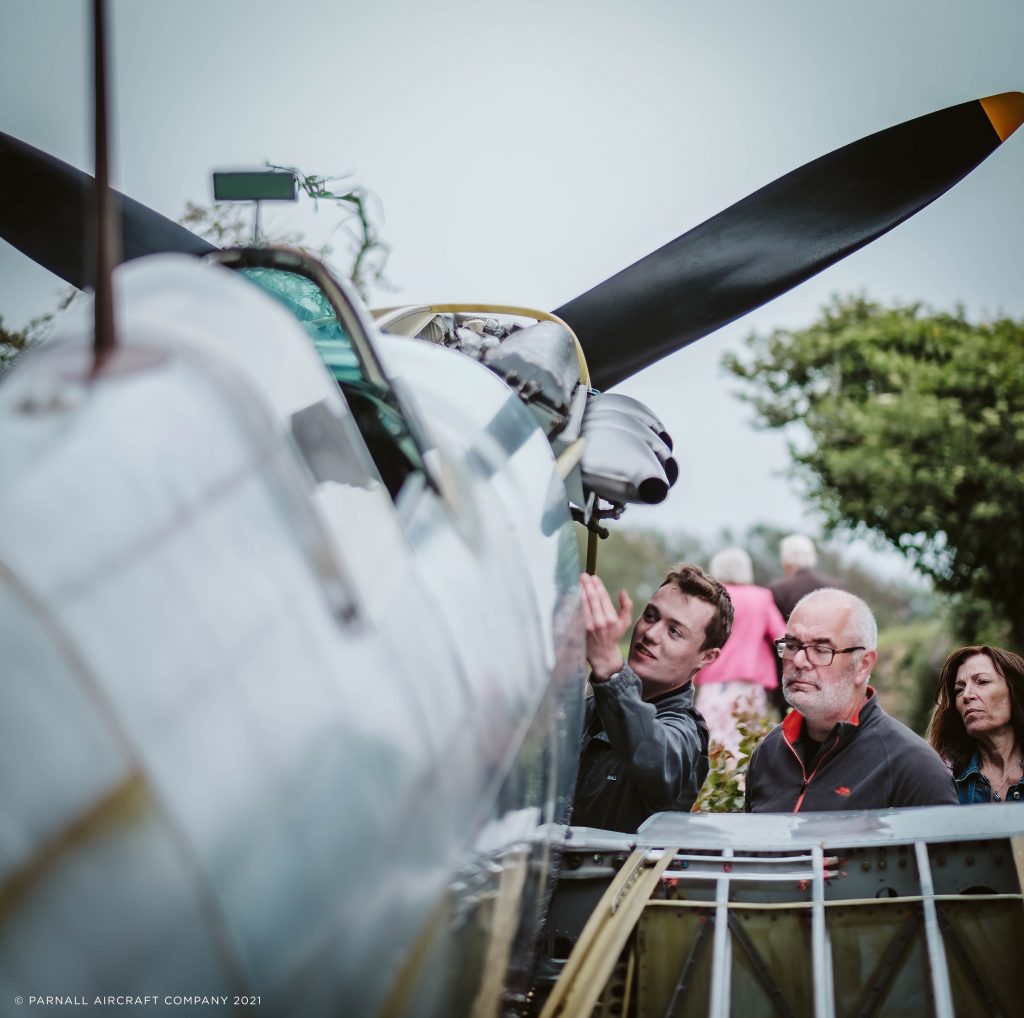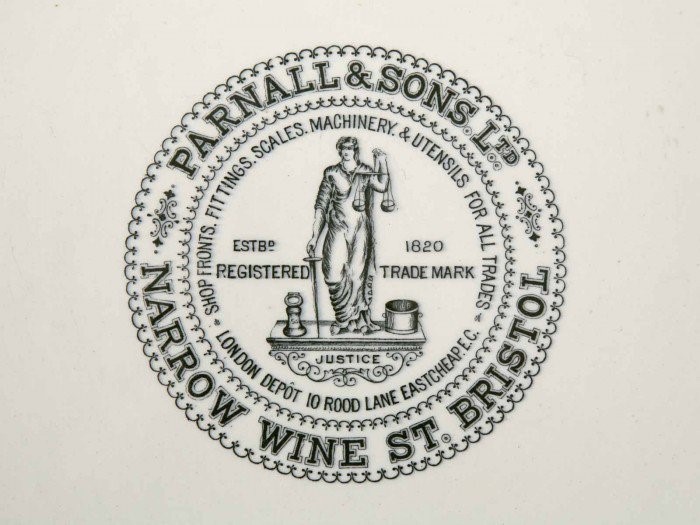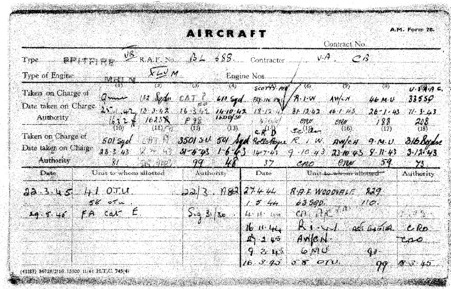
Ordered as part of a batch 1000 MK 2’s and delivered on 25/01/1942 to 9MU as a MK Vb. On 13/03/1942 issued to 132 Squadron (City of Bombay) in Orkney CAC ops and damaged 3 days later on 16/03/1942. She was quickly repaired and back to flying duties. At the end of 1942 to 610 Squadron (City of Chester) at RAF Tangmere under the command of Wing Commander Johnnie E Johnson. On 11/03/1943 to 335 Fighter Squadron of USAAF based at Debden in Essex under the command of the famous American fighter Ace Col. Don Blakeslee and Maj Mac Mckennon, ‘The Ridge Runner`. These were the men of 121 Eagle Squadron.

On 23/03/1943 she moved to 501 Squadron(County of Gloucester). She was involved in air collision with P8741 and managed to land at Ballyhalbert. Sgt S E Nichols(NZ) unhurt and aircraft suffered minor damage. When based at Hawkinge she was flown primarily by Free French Capt Bernard Fuchs who named her Annette II and credited with shooting down a Me109 & FW190.
Sent to Rolls Royce research and development and on 14/07/1943 to Scottish Aviation. In December 1943 she was posted to 316 Squadron (Warszawski) and coded SZ-K and flown by several Polish pilots.
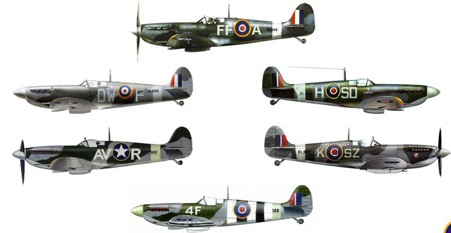
On 1/05/1944 to 63 Squadron and VCS-7 US Navy based at Lee On Solent. Flying Forward Air Control over the beaches of Normandy on D Day and remained active until 4/11/1944 when she suffered damage and returned to Essex for repairs. On 16/03/45 to 58 OTU (Training Unit)and crashed Walmersley nr Bury Lancashire on 29/05/45 killing Polish pilot Sgt Zygmunt.
She fought long and hard. The average life expectancy of a Spitfire was 4 months or around 40hrs ! BL688 survived the war in Europe and served a staggering 3 years with 7 operational squadrons.
This particular Spitfire evolved from an early MK II as ordered and entered service as a MK Vb. By the end of 1943 it had become a late model MK V with upgraded Rolls Royce Merlin engine and improved carburettor. BL688 was in the thick of it on D-Day flying sorties over the Normandy beaches at dangerously low level spotting for the Navy and flown by Navy pilots. This aircrafts combat history is second to none. Some 45 pilots from many Allied nations who flew BL688 have been identified. We are certain that this list will grow as more research into the records are unveiled.
132 Squadron ‘City of Bombay’
P/O Arthur D Chiddenton, Royal Canadian Air Force flew BL688 on several occasions during 1942. He was reported missing in action after he took off from RAF Martlesham Heath on a Rhubarb on the 5th of December 1942. Reported KIA aged 20 years. Hit by enemy flak in Spitfire Vb AB369 and crashed into the North Sea. His body was never recovered.
Free French Pilot Paul Hubidos who escaped France in July 1940 to Gibraltar. There he boarded a freighter with several other Free French pilots bound for England. He trained at RAF Odium and was assigned to 132 Squadron in 1942. He flew BL688 on numerous occasions. He died on 8th March 1943 shot down by FW190 over Rouen whilst on ‘Ramrod 76’ with 340 Sqn RAF in Spitfire MK IX BS312 code GW F.
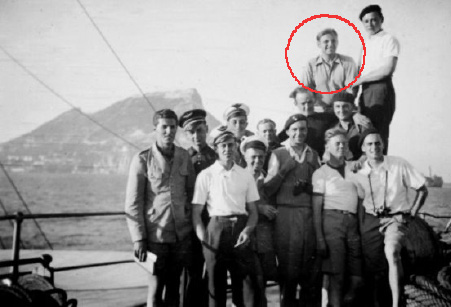
Free French pilot Phillipe Beraud circled left fled France shortly after the Battle of France from St Jean de Luz to England on June 24, 1940 After integration into the RAF and training at RAF Odium, he was assigned to 132 Squadron and flew BL688 from March until July 1942. Sadly Beraud died on the 17th of April 1943 whilst with 341 Sqn in Spitfire MK IX BS105 on Circus 286. He was shot down when escorting Lockheed Ventura bombers over Caen and crashed between Le Havre & Fe’camp Seine Maritime. He is buried at Ste Marie Cemetery, LeHavre.
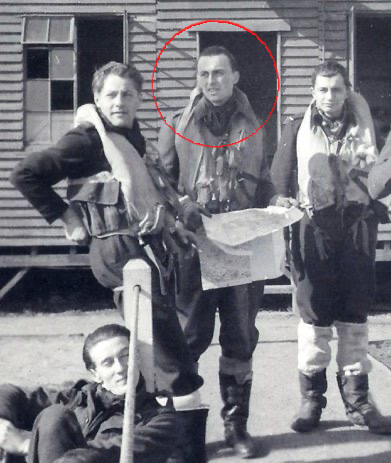
Here we have two pilots who served on 132 Squadron who were from Barbados. On the left pointing up is Sgt Arthur O Weekes with Sgt C Joseph on the wing. Weekes had many flying hours on BL688 from Sept to Dec 1942. There is a high probability that the MK Vb in picture is BL688.
